South Pole Experiment Winning teams from Belgium and U.S.A
Belgium
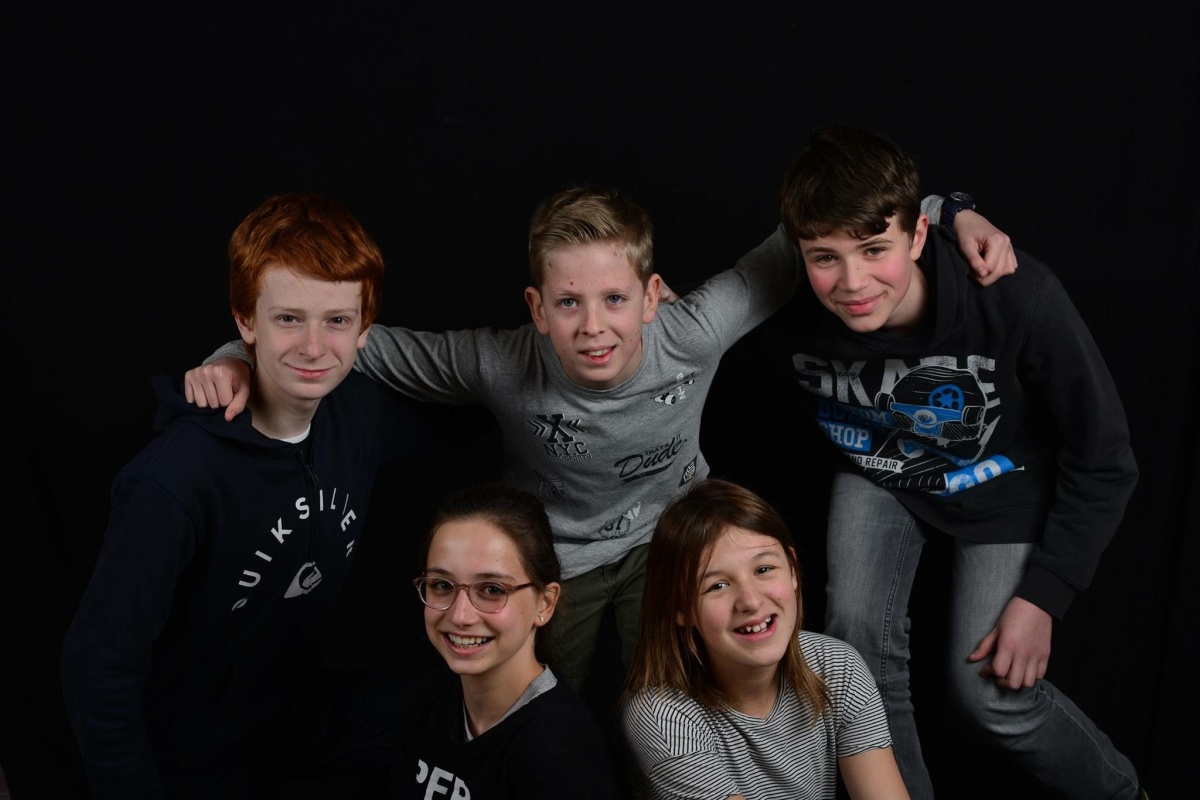
South Pole Experiment winning team from Prins Van Oranje (Diest, Belgium)



U.S.A
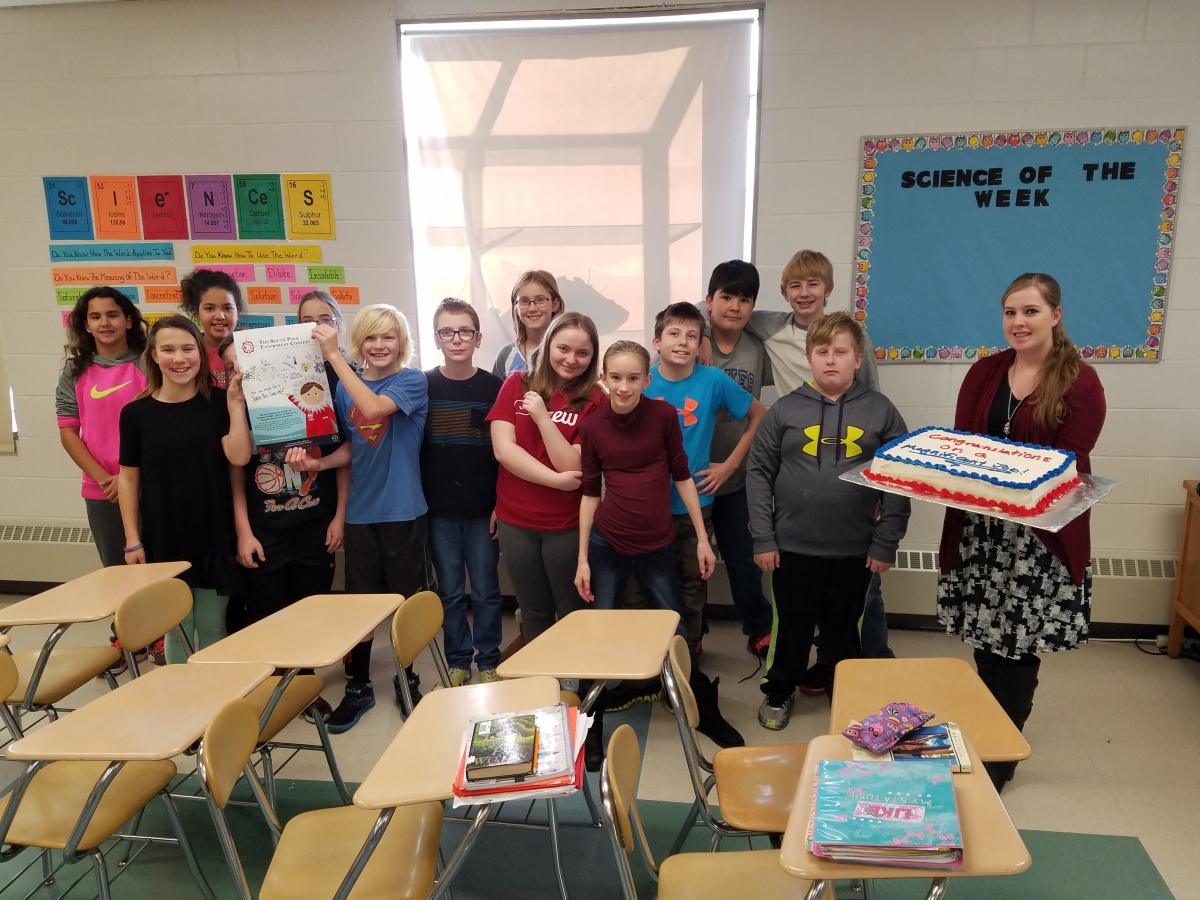
South Pole Experiment winning team from Ellsworth Middle School (Ellsworth, WI)
PolarTREC teacher, Lesley Anderson, performed the US experiment this past month at the South Pole. Just as the Ellsworth Middle School class had done, Anderson used 5-, 3-, and 1-gram iron and filings. However, some variables were changed in her execution of their experiment, such as the type of magnets and filings that were used. Also, because the filings were difficult to remove from the magnet when it was placed directly on them, the magnet was instead placed underneath a piece of paper. This suggestion was made by Ms. O'Shea's class after they had completed their experiment. Lesley's experimental set-up and some results are pictured below.
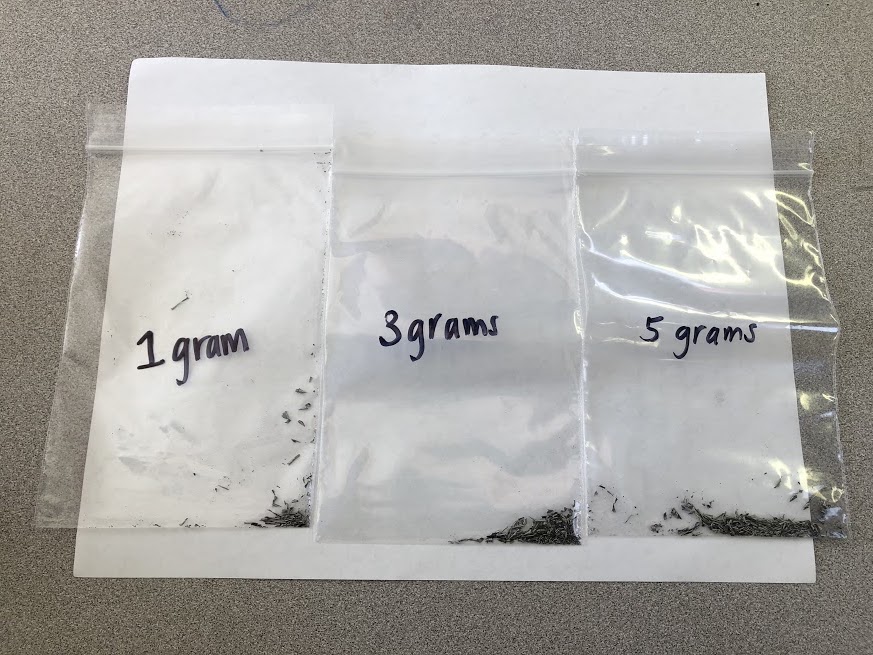
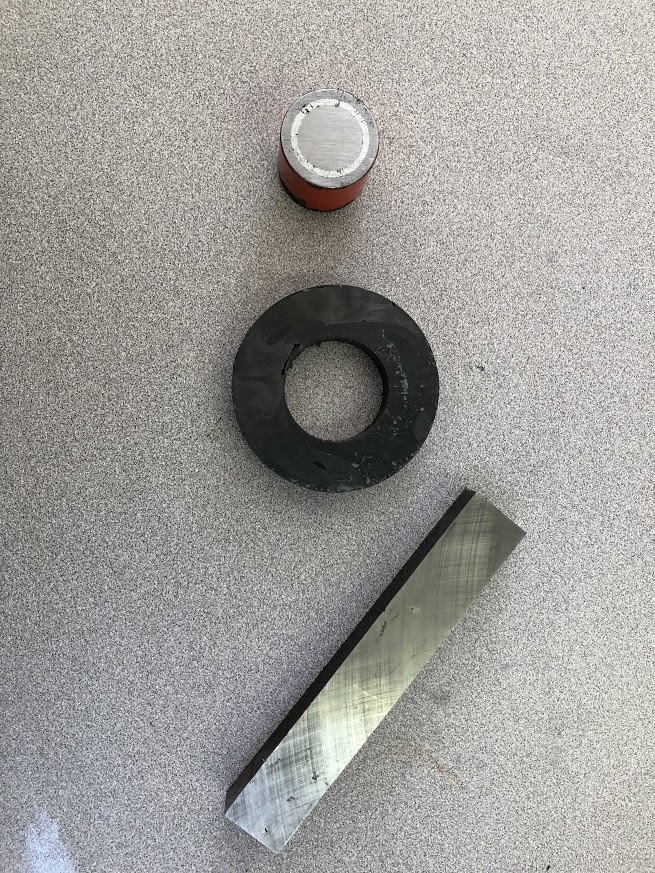
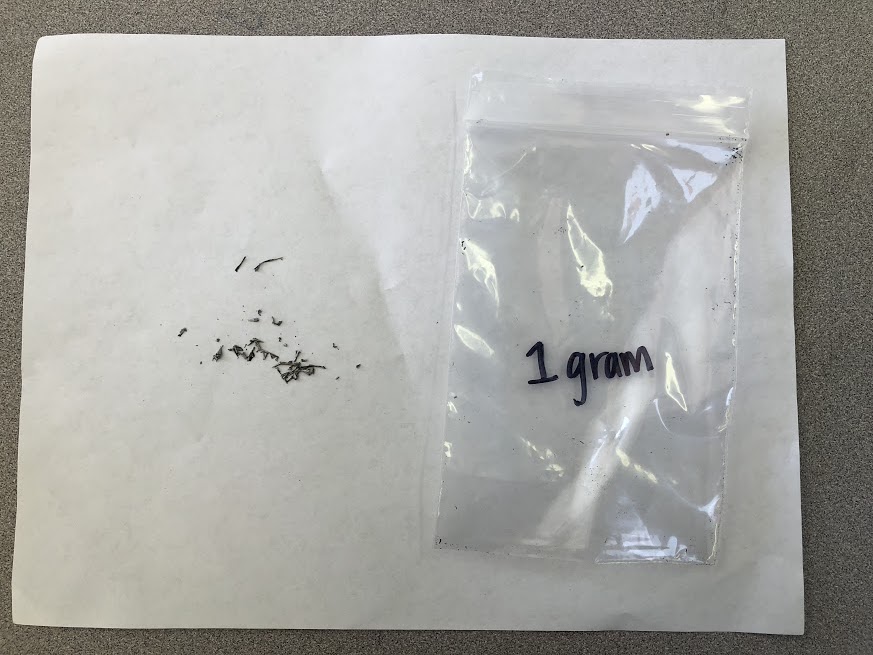
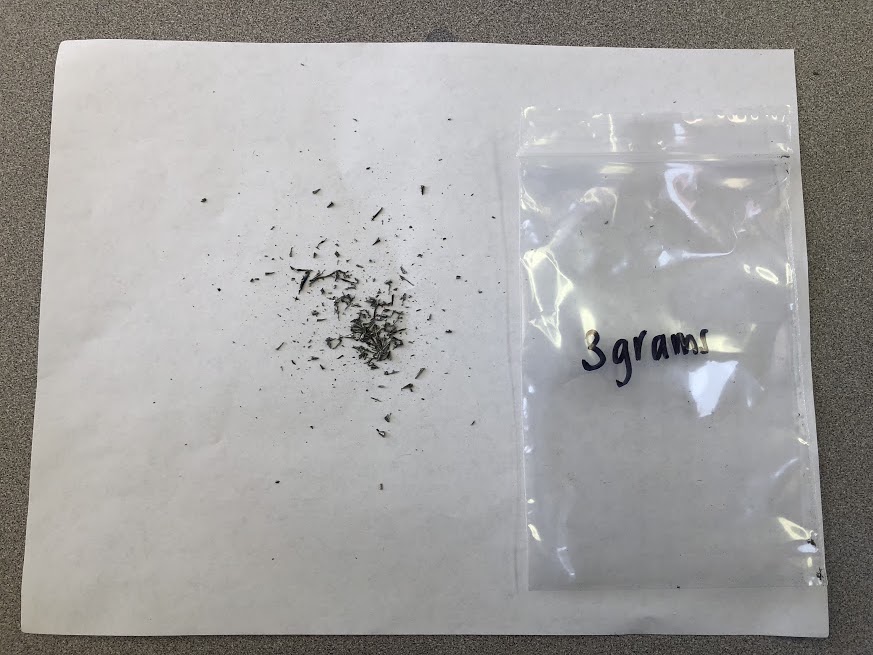
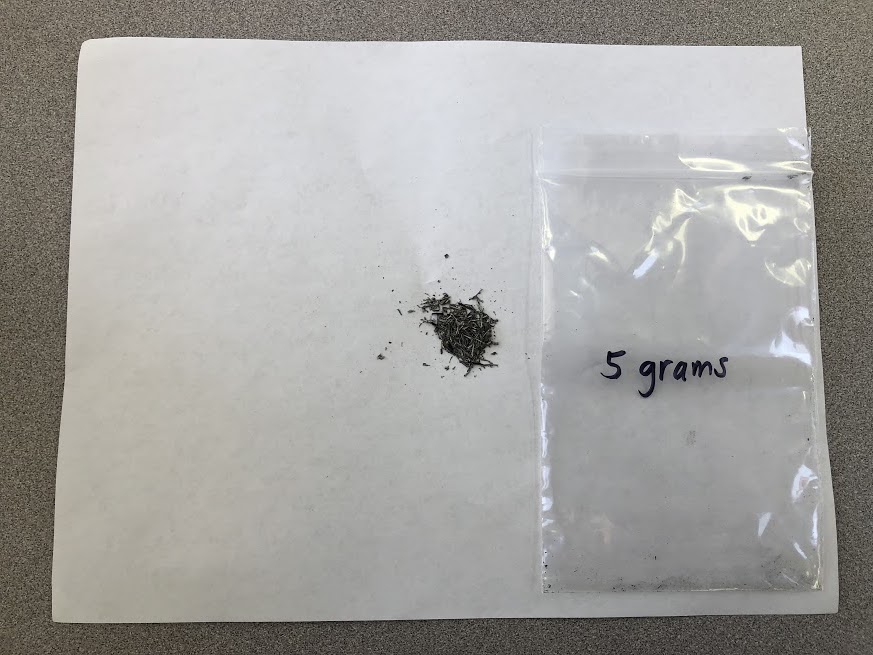
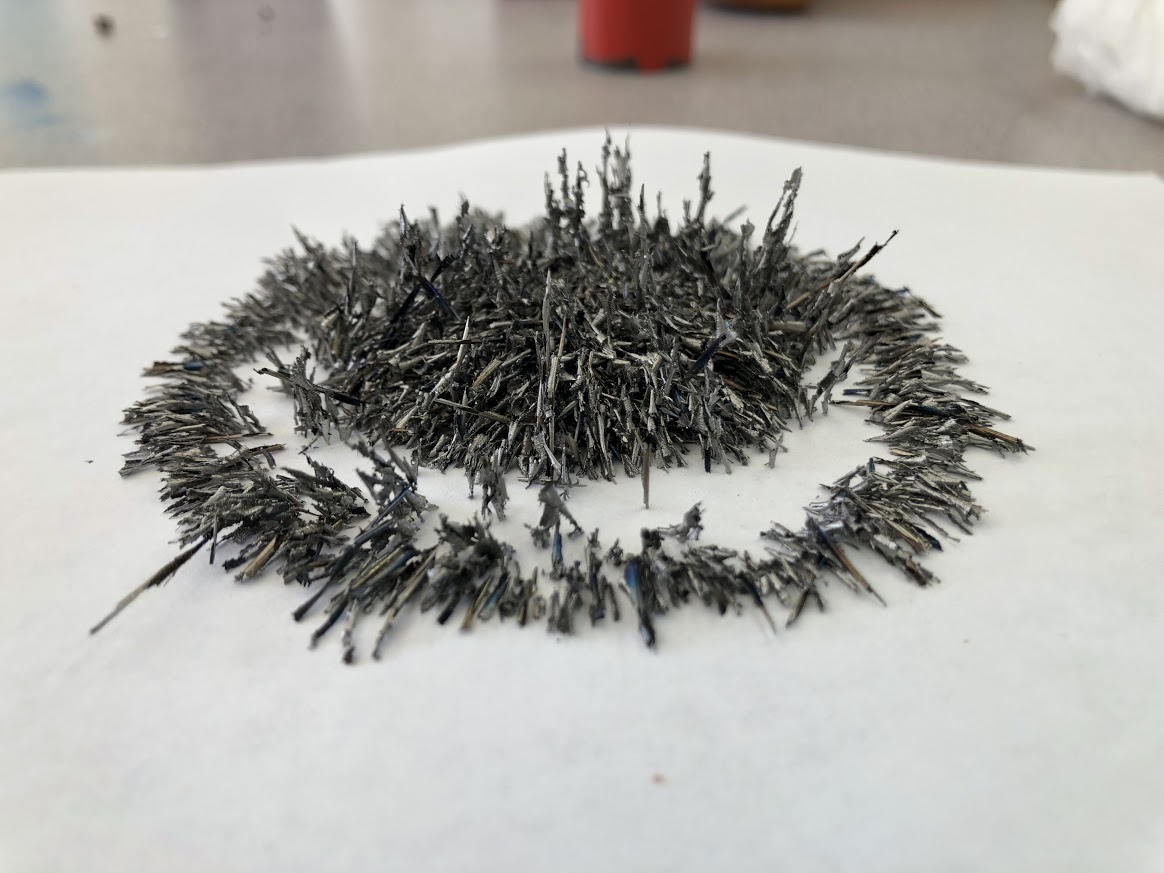
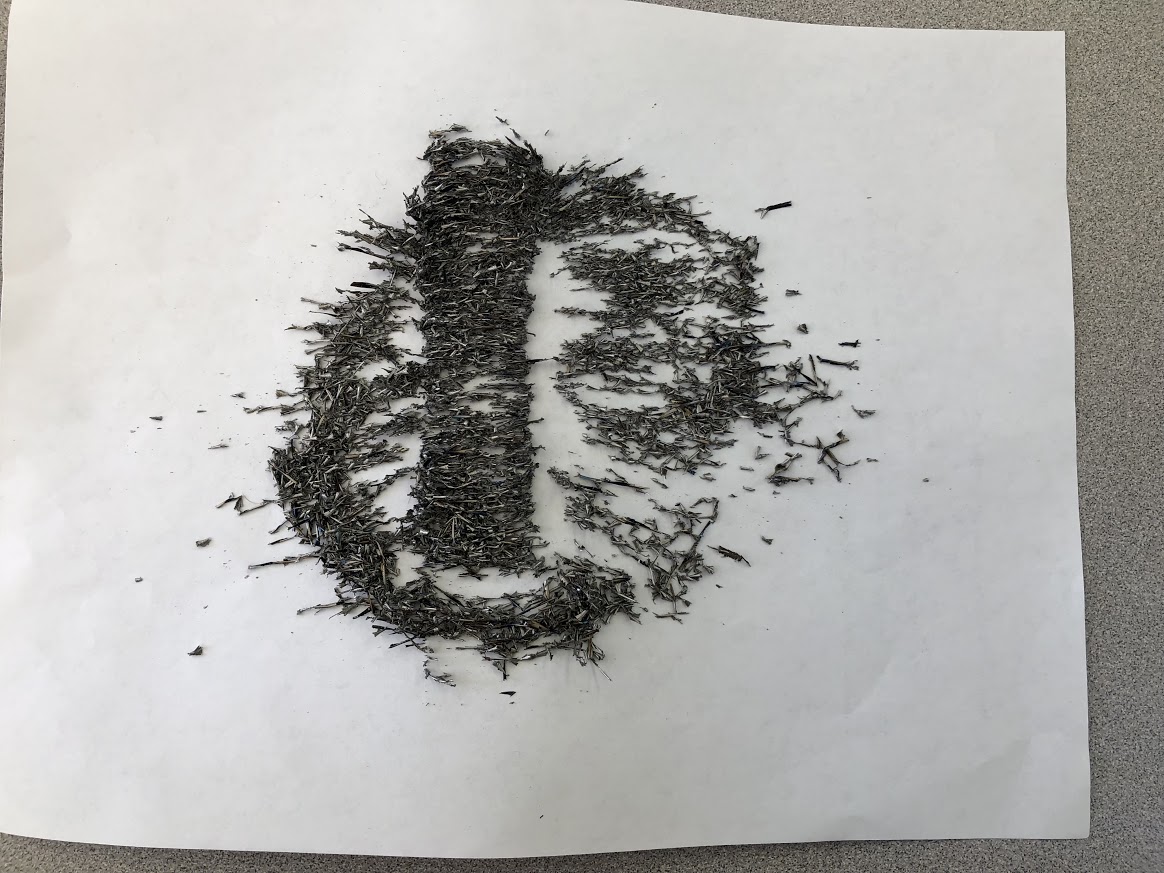
We will share more images and videos about the winning experiments and teams in 2018!
